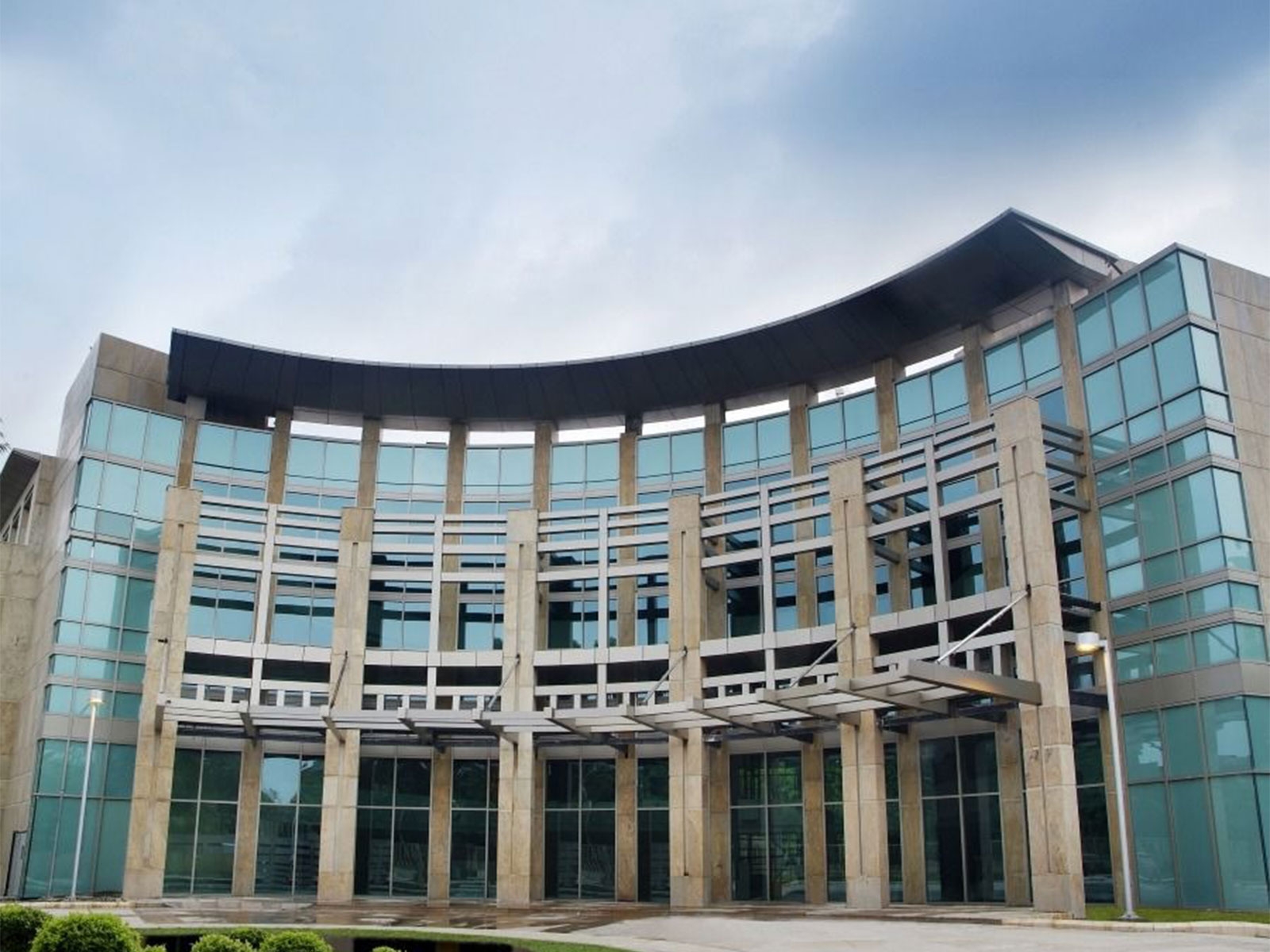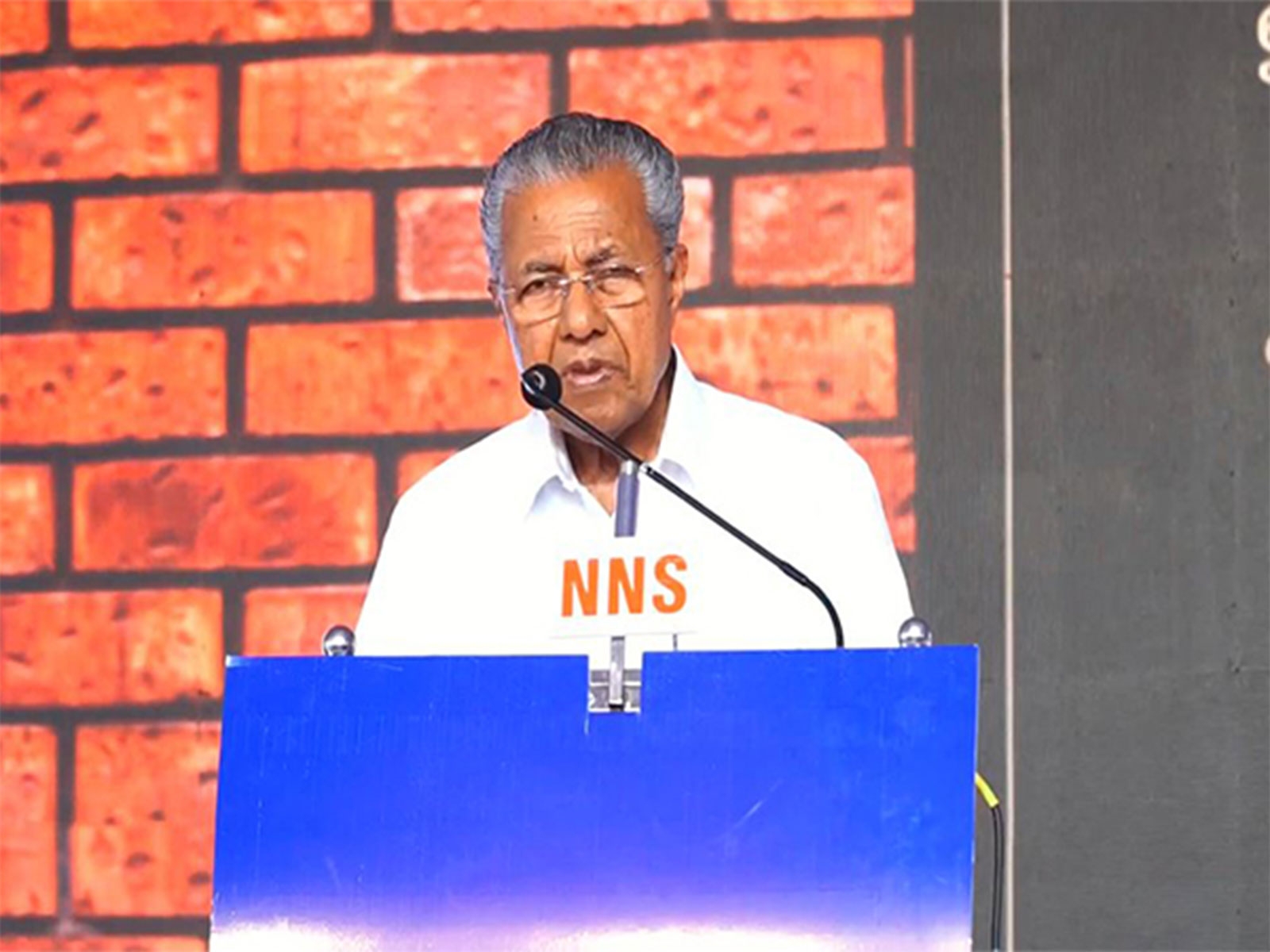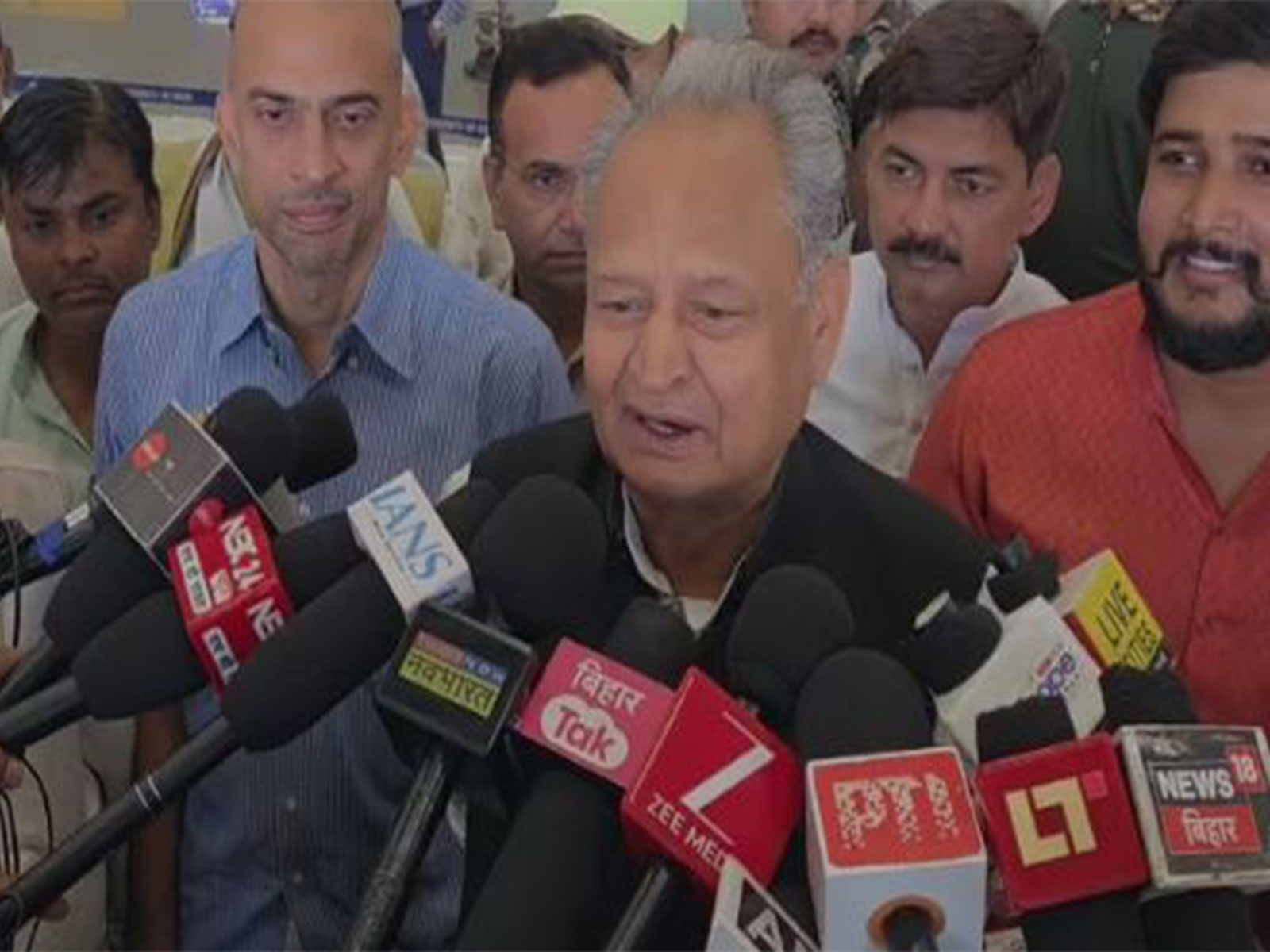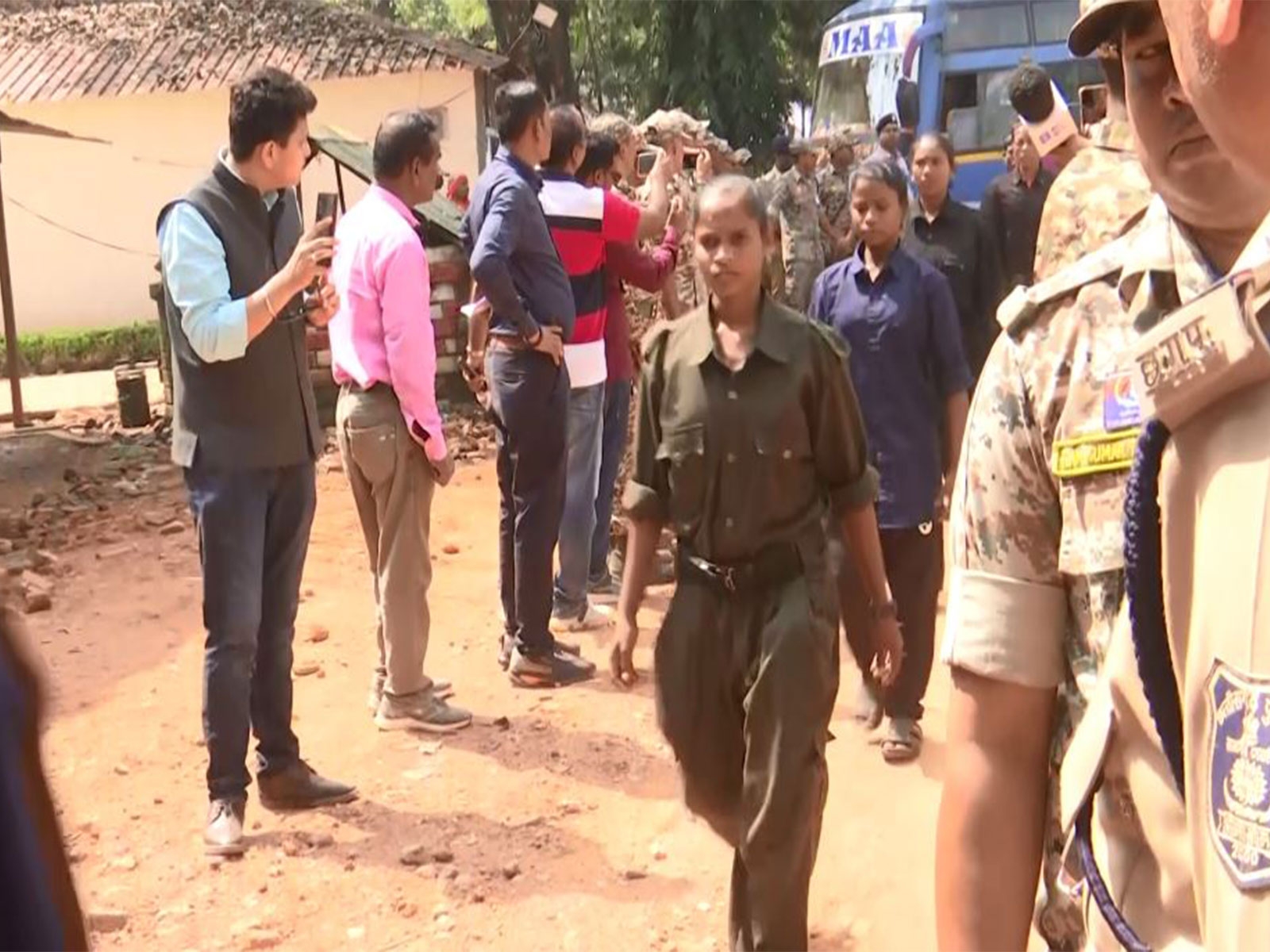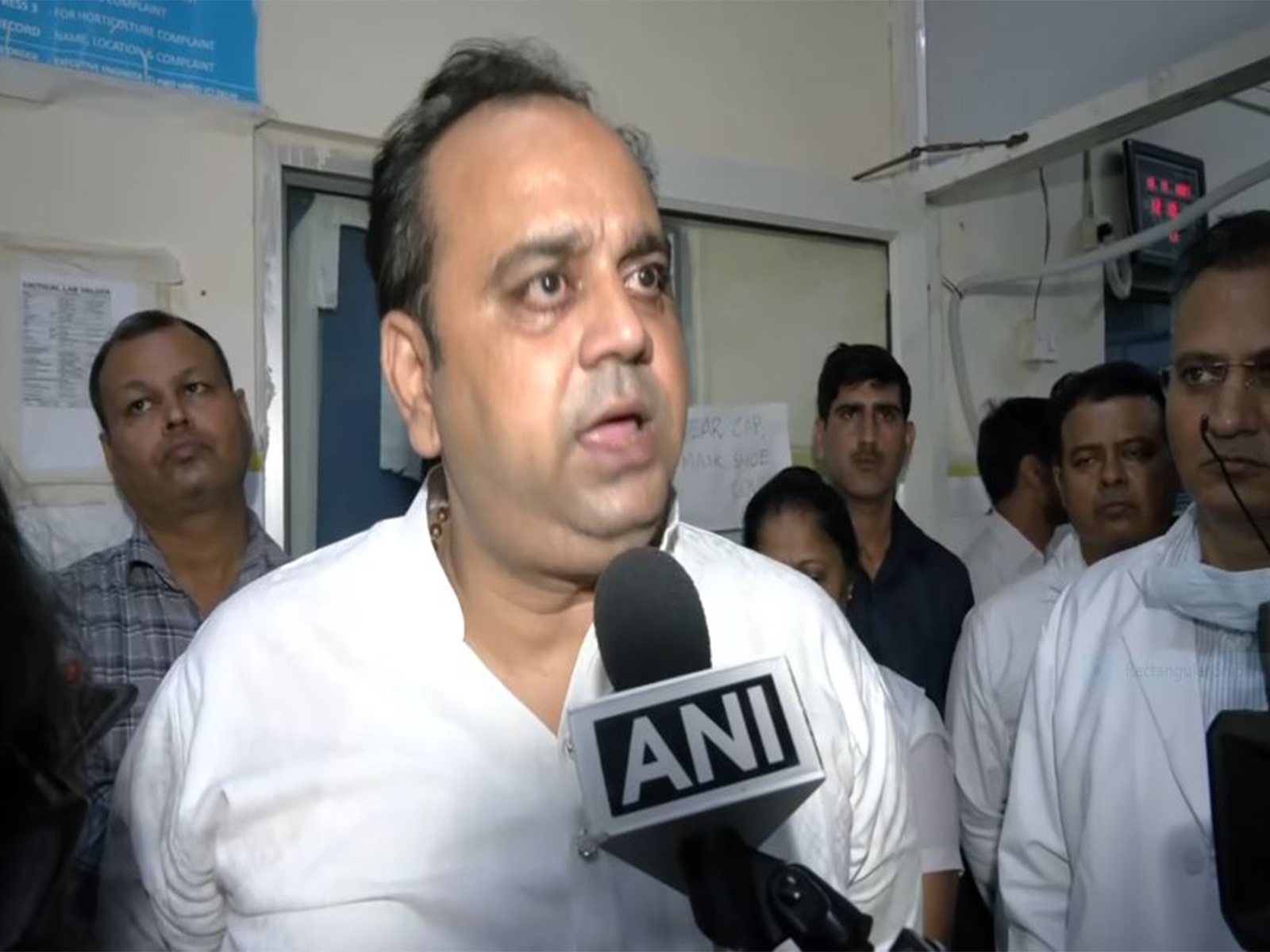
The Union Budget 2016 seems to be rooted in social welfare, and Finance Minister Arun Jaitley has emerged as a neo-socialist.
One of the most important steps Jaitley announced was a refurbishment of the Jan Aushadhi programme. Under this programme, medical stores will give access to quality medicines at a cheap rate to those who can't afford them.
Read- Union Budget 2016: No change in income tax slab, fiscal deficit target kept at 3.5 %
The government aims to open 3,000 Jan Aushadhi stores this year. However, the scheme has hit roadblocks in the past. Here are a few of the challenges it could face:
- There are a total of 137 Jan Aushadhi stores in India at present. In 2012, there were 112, which means only 25 additional stores have opened in three years (2012-2015).
- States like Tamil Nadu, Rajasthan, Gujarat and West Bengal have their own set of free medicine/cheap medicine schemes and, thus, would not be interested in a central programme.
- Jan Aushadhi stores sell about 320 drugs at a much cheaper rate. For instance, Paracetamol 500 mg is Rs 14 in the market, but Rs 2 in Jan Aushadhi stores.
- Unfortunately, these stores suffer from low medicinal supplies, as they are solely dependent on pharma PSUs.
- Jan Aushadhi was first launched in 2008 at an cost of Rs 24 crore. However, only Rs 6 crore was released in the 11th Plan (2007-12). The outlay for the 12th plan is Rs 200 crore.
- Some Jan Aushadhi stores had already started getting supplies from private players to make up for operational losses and lack of supply.
- Additionally, owing to the corporate nexus, doctors also do not prescribe generic drugs.
More in Catch:
In photos: how one scribe feels about JNU after living next to it for four years
Tonight's Oscar winners will be drinking a champagne money can't buy
#JNURow: legal scholar Liang champions the right to be seditious
#NotesForMrJaitley 12: here's what environment needs from Budget 2016



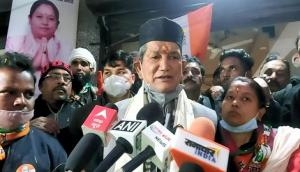
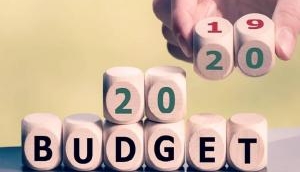
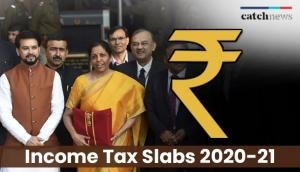
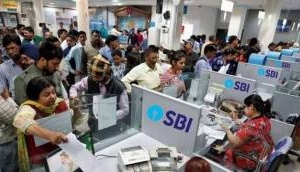
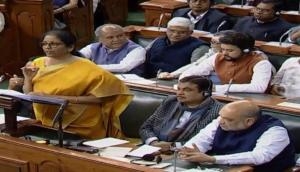
![BJP's Kapil Mishra recreates Shankar Mahadevan’s ‘Breathless’ song to highlight Delhi pollution [WATCH] BJP's Kapil Mishra recreates Shankar Mahadevan’s ‘Breathless’ song to highlight Delhi pollution [WATCH]](https://images.catchnews.com/upload/2022/11/03/kapil-mishra_240884_300x172.png)

![Anupam Kher shares pictures of his toned body on 67th birthday [MUST SEE] Anupam Kher shares pictures of his toned body on 67th birthday [MUST SEE]](https://images.catchnews.com/upload/2022/03/07/Anupam_kher_231145_300x172.jpg)


